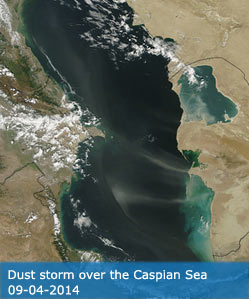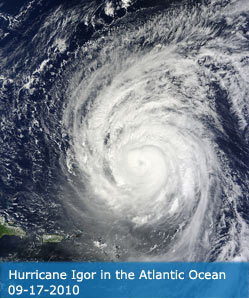Science Team
Publications
Jin, JB; Pang, MJ; Segers, A; Han, W; Fang, L; Li, BJ; Feng, HC; Lin, HX; Liao, H (2022). Inverse modeling of the 2021 spring super dust storms in East Asia. ATMOSPHERIC CHEMISTRY AND PHYSICS, 22(10), 6393-6410.
Abstract
Last spring, super dust storms reappeared in East Asia after being absent for one and a half decades. The event caused enormous losses in both Mongolia and China. Accurate simulation of such super sandstorms is valuable for the quantification of health damage, aviation risks, and profound impacts on the Earth system, but also to reveal the climatic driving force and the process of desertification. However, accurate simulation of dust life cycles is challenging, mainly due to imperfect knowledge of emissions. In this study, the emissions that lead to the 2021 spring dust storms are estimated through assimilation of MODIS AOD and ground-based PM1() concentration data simultaneously. With this, the dust concentrations during these super storms could be reproduced and validated with concentration observations. The multi-observation assimilation is also compared against emission inversion that assimilates AOD or PAU) concentration measurements alone, and the added values are analyzed. The emission inversion results reveal that wind-blown dust emissions originated from both China and Mongolia during spring 2021. Specifically, 19.9 x 10(6) and 37.5 x 10(6) t of particles were released in the Chinese and Mongolian Gobi, respectively, during these severe dust events. By source apportionment it was revealed that the Mongolian Gobi poses more severe threats to the densely populated regions of the Fenwei Plain (FWP) and the North China Plain (NCP) located in northern China than does the Chinese Gobi. It was estimated that 63 % of the dust deposited in FWP was due to transnational transport from Mongolia. For NCP, the long-distance transport dust from Mongolia contributes about 69 % to the dust deposition.
DOI:
10.5194/acp-22-6393-2022
ISSN:
1680-7324




